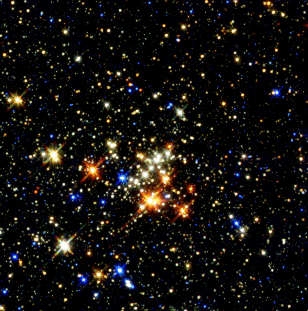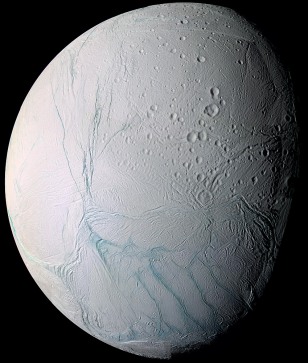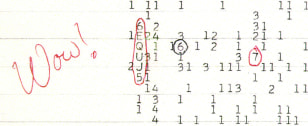Human Missions to Mars Will Look Completely Different from The Martian
The blockbuster film’s futuristic vision of interplanetary exploration could soon be out of date.
Landing in U.S. theaters today, Ridley Scott’s
The Martian is being acclaimed as one of the most realistic portrayals of human space exploration ever filmed. Based on the 2011 novel by Andy Weir, the film stars Matt Damon as Mark Watney, a wisecracking botanist-turned-astronaut marooned on Mars after being accidentally left behind by his crewmates. Faced with extremely limited food and supplies, and with any hope of rescue more than a year and millions of kilometers away, early on Watney lays out his stark options for subsistence in the film’s most memorable line of dialogue: Either “science the shit out of this,” or die.
Incidentally, it’s not really science that Watney uses to survive—it’s engineering. But whatever you call it, the result is a wonderfully entertaining and reasonably accurate portrayal of how to live off the land—even when that land is on a freeze-dried alien planet.
As NASA workers struggle to launch a mission to bring him back home, Watney improvises one ingenious scheme after another to stay alive. He turns his habitat into a chemistry lab and a greenhouse, extracting potable water from rocket fuel and growing potatoes in nutrient-poor Martian soil fertilized with his own feces. He repairs spacesuit breaches and blown-out airlocks with duct tape. He even jury-rigs his own long-haul vehicle powered by solar batteries and warmed with radioactive plutonium, then treks to the landing site of NASA’s real-life Pathfinder rover to reactivate its radio and reestablish communications with Earth.
There are several small inaccuracies in both Weir’s book and Scott’s film. The wind from a dust storm that initially strands the astronaut on Mars would in reality barely ripple a flag, because the Martian atmosphere is so thin. Instead of extracting water from rocket fuel, a real-life Watney might mine and purify water from deposits of ice thought to exist beneath the soil across large swaths of the planet. And because Mars’ atmosphere and magnetic field are too insubstantial to shield against cosmic radiation, Watney’s skittishness about warming himself with heavily shielded plutonium is misguided—in fact, most of his radiation exposure would come from simply walking around outside in his spacesuit.
But these are minor technical quibbles.
The Martian’s greater divergences from reality are less about science, and more about technology and politics. The key question to ask about
The Martian’s accuracy is this: Would Watney—or anyone else—even be on Mars in the first place for the story to unfold?
Neither the book nor the movie explicitly say when exactly the story takes place, but Weir (as well as clever readers who reverse-engineered the book’s timeline) has
revealed that Watney and his crewmates land on Mars in November 2035. They get there via a four-month voyage in a very large, very expensive interplanetary shuttle that cycles crews back and forth between Mars and Earth. The shuttle also spins to provide artificial gravity to its occupants, to protect them from the wasting caused by extended stays in zero gravity. Furthermore, Watney’s mission is actually the third human landing on Mars, preceded by two landings earlier in the 2030s.
All this seems to mesh with NASA’s “
Journey to Mars” program, which aims to send astronauts to Mars in the 2030s. But a closer look at NASA’s program reveals potential problems. Despite its scientific and technical accuracy,
The Martian seems to take place in a fairy-tale world where NASA possesses much more political power—and has a far larger share of the federal budget than its current meager 0.4 percent.
NASA has
no plans for a large, spinning cycler spacecraft between Earth and Mars, probably because such a spacecraft is considered unaffordable. In fact, ongoing squabbles in Washington over how to divvy up NASA’s persistently flat budget means that essentially
all the crucial components for the agency’s planned voyages—the heavy-lift rockets, the power sources, engines and spacecraft for deep space, the landers, surface habitats and ascent vehicles—are behind schedule and still in early stages of development, if they are being developed at all. And the agency’s Journey to Mars could all go away, very quickly, at the whim of some future President or Congressional majority. Mired in the muck of politics, NASA may not manage to land even one crew of astronauts on Mars by 2035—let alone three.









 ALIENS IN GRAVE YARD.
ALIENS IN GRAVE YARD.


